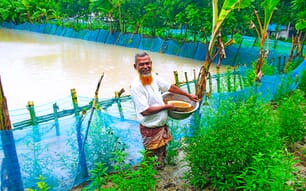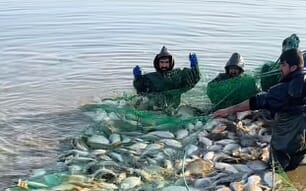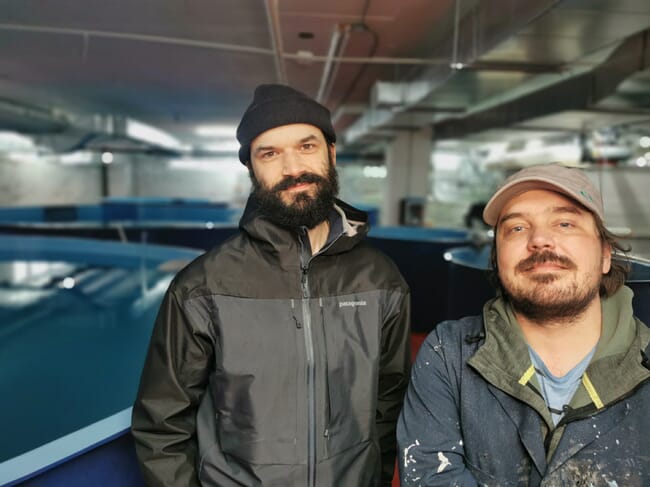
What inspired you to embark on a career in aquaculture?
My first ambition was in music and I have a bachelor's from Université de Montréal. But, while I was studying, I started an aquaponics system in my basement and I became really passionate about it. One thing led to another, and I then studied at l'École des Pêches et de l'Aquaculture du Québec in Gaspésie, which is where I met Nicolas Paquin, the cofounder of Opercule. I then got a certificate in business management at HEC Montréal. During that time, we decided to build a pilot project in my garage in Montreal, to make sure that it was possible to have this type of system in an urban area and that there was a market for our fish.
At first I wanted to build a commercial aquaponics facility, but we decided to go only with fish because it simplifies so many aspects of the business. And we are making lots of efforts to reuse the fish waste, I'll elaborate on that later.
Why char?
We have quite a small operation - 30 tonnes per year - and we needed a high value fish for that. We tested rainbow trout and char in our pilot project and both went really well, but there is a nice premium on char. We initially looked at other species as well – including walleye and striped bass – but in Quebec consumers are familiar with trout and char, so it seemed like a safer way to start. Especially as we are growing the fish in a RAS and in an urban area - which hasn't been done before in the province.
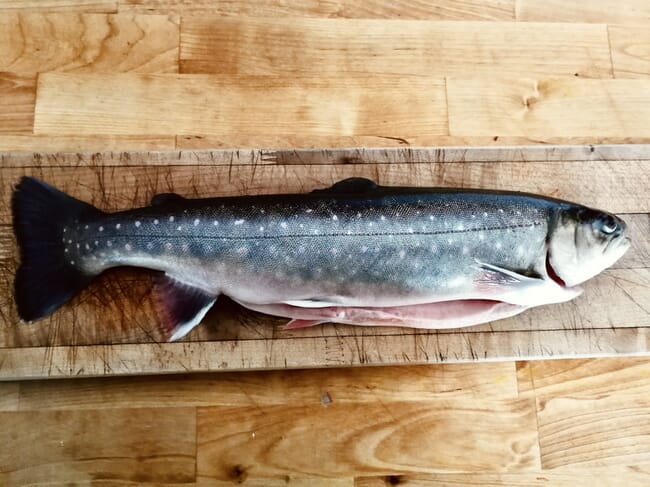
© Opercule
Can you tell us a bit about the setup on the farm?
We're located in the basement of an industrial building. We have 11 fibreglass grow-out tanks - 5 x 15 m2, 2 x 10 m2, 2 x 5 m2 and 2 x 8 m2 (purge).
The filtration equipment consists of a drum filter (NP), pumps, two moving bed biofilm reactor (MBBR) biofilters in parallel, degasser, more pumps, a UV steriliser and a low head oxygenator (LHO) in which pure oxygen and ozone are injected. Ozone is the best. It really helps keep the water clear. Unfortunately, the ceiling of our building wasn't quite high enough for us to only have one set of pumps, which is why we need to pump twice.
Our business is also part of a co-op, La Centrale Agricole, which is composed of several urban agriculture projects. The goal is to find ways to create a circular economy and reduce waste by using each other's unwanted outputs – for example, our fish waste to grow plants.
What does a typical work day involve for you?
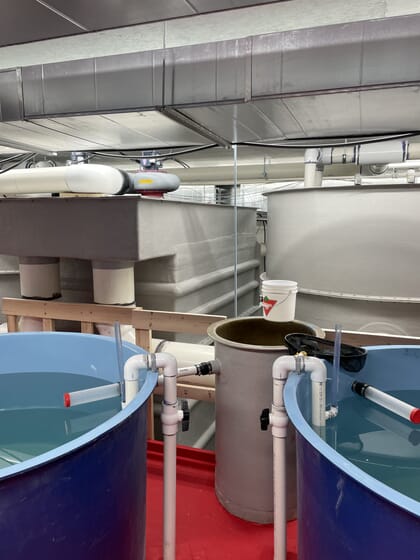
At the moment there is a lot of fine tuning to do with the automation of the system (pumps VFDs, peristaltic pump for pH control, alarms parameters, etc). The actual rearing at the moment isn't labour intensive, since it's the first year and we received the first batch of eggs in late November 2021. I test the water daily, mainly to make sure the biofilters are kicking in. I take time to just look at the fish, analyse their behaviour, make sure they eat well, and fill up the feeders. We weigh them once a week and recently graded them for the first time.
What have been the greatest challenges to overcome in setting up the farm?
Permits. And financing. It took us about two years to get all the permits and the financing, all the while paying the lease and the engineering, since we needed an address and plans for those permits. That really was a big puzzle because there were layers of permits: we needed permit 1 to get permit 2 and permit 2 to get permit 3. We were also applying for grants with the MAPAQ (Ministère de l'Agriculture, des Pêcheries et de l'Alimentation) and we needed to have the permits before they could analyse our case.
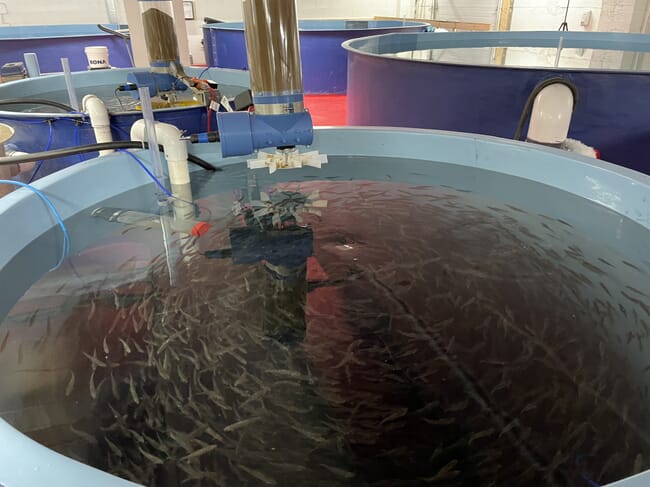
How have you funded the venture to date and are you looking for further investment?
We started with private funding against equity, which helped a lot - because it gave us the ability to have a lease and start the permits process. We also have loans with la Financière Agricole du Québec (FADQ) and grants from MAPAQ, DFO & FADQ. At this stage of the project, we aren't looking for more investment.
Who are your customers and what are your key products?
Our main customers are restaurants in Montreal, we are trying to source the facilities closest to our production site. We only sell gutted & head-on char - from 350 g to 2.5 kg. We are also working on "chardines" which are 50-70 g fish that would otherwise be culled early in the production cycle. Since char have quite a heterogeneous growth rate, the slower growing fish are typically removed, but we really wanted to find a way to commercialise them. In our pilot project, we tested a small batch with some chefs in Montreal to see if it was possible to do something and got some great feedback. Now, with our new facility, we will have quite a lot to sell, so we'll find out what's possible to do!
What stage would you like to be at in 10 years’ time?
We see this facility as phase 1 of the company, like a commercial proof of concept. So we went for a production scale that didn't require insane financing but that we could operate in a profitable manner. We would like to have a second production site in Montreal, a couple of times bigger than the current one and potentially convert phase 1 to another species. After that, who knows, maybe there are other cities in which it would be relevant to have such facilities. We are constantly juggling new ideas until we find the one that stands out.
How does the farm fit into the wider Quebecois aquaculture scene and do you think that recent political developments are going to have a radical impact on Canadian aquaculture?
Quebec has some big plans to increase fish production and it wants to promote RAS, so we had quite a good timing for those developments.
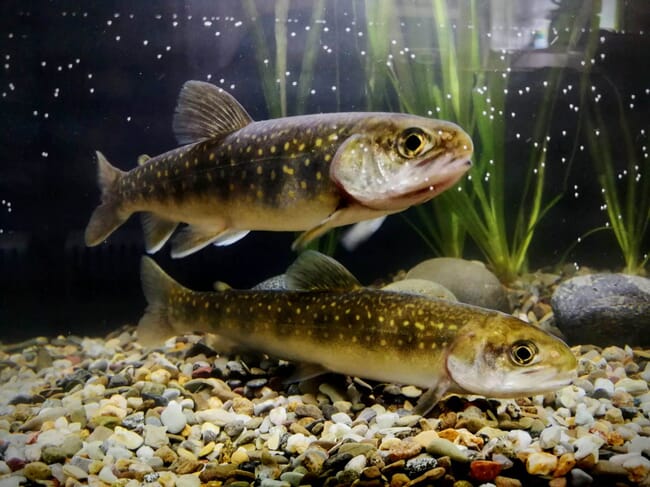
I believe the federal government wants to find a way to stop, or at least reduce, open net-pen farming so we do fit really well with their view of bringing aquaculture onto the land and trying to reduce the environmental impacts of the industry.
Is it going to change radically? I don't know, I guess it also depends on the actual desire of the industry to move towards land-based aquaculture.


